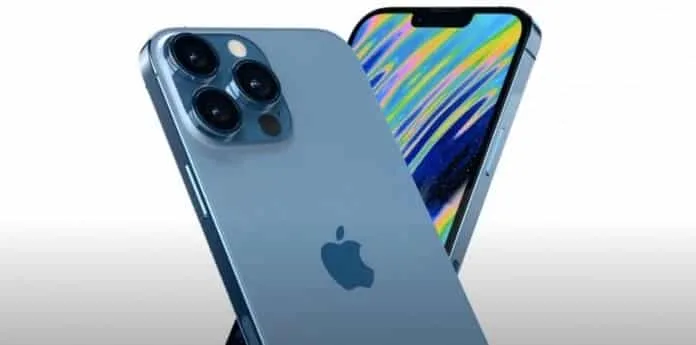In a few more weeks, Apple is gearing up to unveil the next-generation model – the iPhone 13 series. As the launch is nearing, we are coming across various rumors and leaks suggesting what we can expect from the iPhone 13 lineup. In a recent development, a report reveals details about the iPhone 13 lineup with Touch ID.
As per Bloomberg’s Mark Gurman in the Power On newsletter, Apple will skip launching the iPhone 13 lineup with an in-screen fingerprint sensor or Touch ID later this year. He added that the company will have a long-term goal to add Face ID under the display.
It appears to be clear that the Cupertino-based tech giant is sticking with the Face ID for the long term but there is a possibility to use Touch ID at least for the low-end models. But this is not going to happen this year.
The in-display Touch ID technology may arrive on a flagship iPhone as early as next year if we go by the information. But Apple seems to have a “long-term goal” to implement Face ID into the display, not Touch ID. According to Gurman, Apple may be working on a technology in which the display will hide (or carry) Face ID sensors under it, much like how under-screen camera technology works. For instance, Gurman noted, the in-display Face ID could be similar to what the Samsung Galaxy Z Fold 3 comes with.
Apple may take two approaches here as far as both Touch ID and Face ID on flagship iPhone models are concerned. It may either implement in-display Face ID on high-end iPhones, while the affordable iPhones may come with Face ID inside the notch — just like existing iPhones. Or, it may launch high-end iPhones with in-display Face ID and low-end iPhones with in-display Touch ID — completing phasing out notches and associated Face ID technology.
The in-display Face ID technology seems to be a priority for Apple, while Touch ID may be an option if things do not work out as planned. But the iPhone 13 is meant for neither. That does not mean it will not be a worthy upgrade.
According to rumors, the iPhone 13 lineup will have a shrunk notch. The entire range may have OLED screens. There will likely be the all-new Apple A15 Bionic processor to power the iPhone 13 series. The Pro models may come with added features, such as 120Hz ProMotion refresh rate, 1TB storage models, and enhancements in the cameras. Apple is likely to launch iPhone 13 in four models, iPhone 13 mini, iPhone 13, iPhone 13 Pro, and iPhone 13 Pro Max.
The iPhone 13 lineup is expected to launch in September and more Apple products (such as the AirPods 3, new Macs, and more) could follow.
Also Read:








